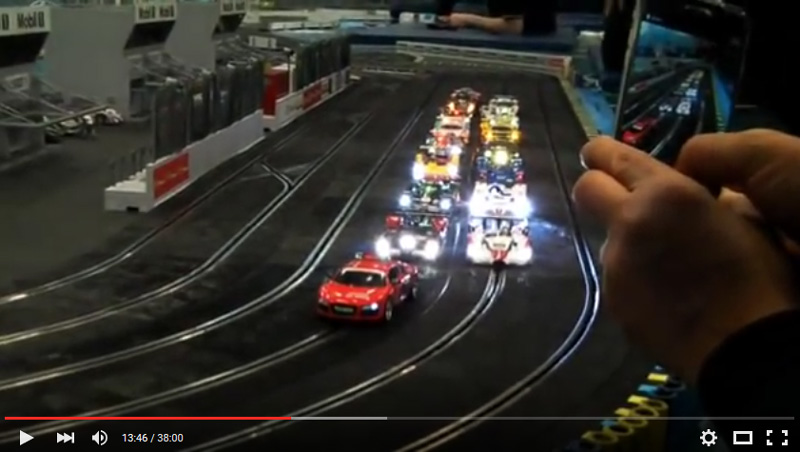

Granted, you shouldn't be buying a programmable drum machine on the basis of its preset patterns, but if Arturia is going to include them, they might as well be properly representative.
#Arturia spark le review full version
Those are the headlines, then, but it wouldn't be a full version update without some new content, so Spark 2 introduces over 50 new kits and associated patterns (Projects).Īs you would expect, many of these take advantage of the new Modular system, but nonetheless, Spark still suffers from the same problem as previous versions in this department: the kits are better than the patterns, particularly when it comes to the genre-specific stuff. Using the old version was a little like selecting tracks on a CD jukebox, but now everything is much clearer, and helped along by a search filter like that in Arturia's Analog Factory.įinally, Preferences houses a range of options, including Shuffle type (triplet or dotted), export settings (audio and MIDI files can be dragged and dropped out of Spark into your DAW or OS), record quantise and more. The Mixer is largely unchanged from the previous version, but is - again - a little nicer to look at, while Library is now far more usable. The Modular page is without doubt Spark 2's most exciting new feature, giving you a set of tools with which to create entirely new sounds - see Modular must-have. We know this would mean an upper limit of 16 slices, but it would be useful nonetheless.

It doesn't, however, automap REX files across the 16 pads. Although functionally similar to previous versions, it's visually much clearer now, and the refinement of REX file support is very welcome indeed, letting you trigger the single slices of a REX file (forward or reversed) or the whole loop, complete with basic envelope and pitch controls (although only for the entire loop, not per slice). The Studio page is where drum kits are constructed, giving access to a choice of synthesis, samples and REX file import for each pad. You can also set these chains to run sequentially from one to the next, for quick song construction. It enables you to string patterns together in chains, 16 of which can be triggered from the drum pads, facilitating complicated and genuinely spontaneous live arrangement. Next is Sequencer, which has also been enhanced, both visually and functionally, making programming automation (of pad and effects parameters) much easier than before.

The first is Main, which mirrors your connected Spark hardware (we're using SparkLE here) with slight improvements on the previous verison (nicer graphics and helpful drum descriptions on the pads). It looks much better, and where there were previously three pages (Project, Kit and Instrument), there are now eight. Most obviously, the GUI has been quite brilliantly overhauled. The classic drum machine kits have always been excellent, the original electronic kits good and the 'real' kits below par, and all of them are triggered and controlled either by your DAW or the software's internal sequencer.


 0 kommentar(er)
0 kommentar(er)
